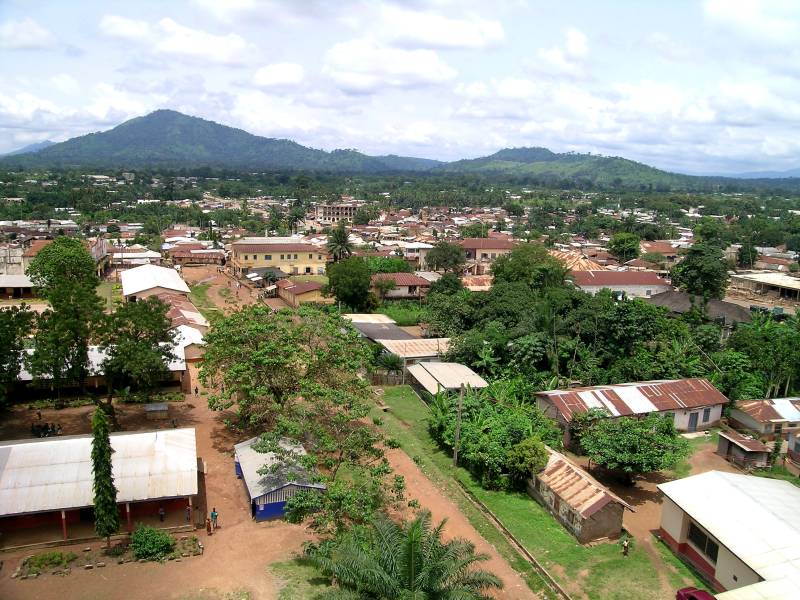Creative knowledge – Life in the zongo

Zongo settlement in Ghana. Photo: Hugues
In Ghana, stereotypes flourish about people who live in zongo settlements. However, according to guest researcher Ann Cassiman, as West Africans with the ambivalent status of ‘strangers’ they have developed specialist knowledge and skills to survive.
Zongo is the name for a type of settlement in Ghanaian towns populated mostly, but not only, by people who come from different parts of West Africa, who identify as Muslims and who speak Hausa. In the Ghanaian capital Accra anthropologist Ann Cassiman is studying social interactions in zongos to understand their inhabitants’ way of life.
“Zongos are densely populated and ethnically very heterogenous neighbourhoods”, Cassiman says. Most residents have roots in northern Ghana or neighbouring countries.
She observes that people who are unfamiliar with zongos often consider them as “a breeding ground of problems. Also, in popular discourse zongos are often negatively termed 'slums', or hubs of criminals or lazy people."
%20cassiman.jpeg)
Anthropologist Ann Cassiman
Her research shows that because of the difficult circumstances and daily challenges of high formal unemployment, poverty and the negative stereotyping, zongo residents have had to become very creative in finding alternative ways of making their living.
For example, many young people make money through petty trading, often across borders, but also through online friendships – through finding local solutions, or through their extensive networks of friends and relatives abroad.
These specific competences are what is called ‘zongoness’. This is considered very important for people to be able to make a living in the zongos, Cassiman notes.
The majority of the young men and women who live in zongos do not know much about their own families’ origins, which can often be traced back to Burkina Faso, Côte d’Ivoire, Niger or Nigeria.
Official archives in Ghana do not contain much on the history of the zongos. Cassiman instead uses personal collections of family photographs of zongo people in her research.
“The pictures are usually kept in a plastic bag or an album and they show the condensed migratory biographies of family members who travelled from neighbouring West African countries, and of others who are still in the countries of origin but who are remembered through their images.”
Cassiman explains: “These collections also act as sites of affective relations across borders and oceans, and produce cohesion in the mobile lives of the people of the zongos. They show where the people come from, who they are and what they (hope to) become.
By working closely with the people and collecting family photographs and their biographies, we try to write their stories and thereby complement the official historical files.”
TEXT: Nadège Ininahazwe
